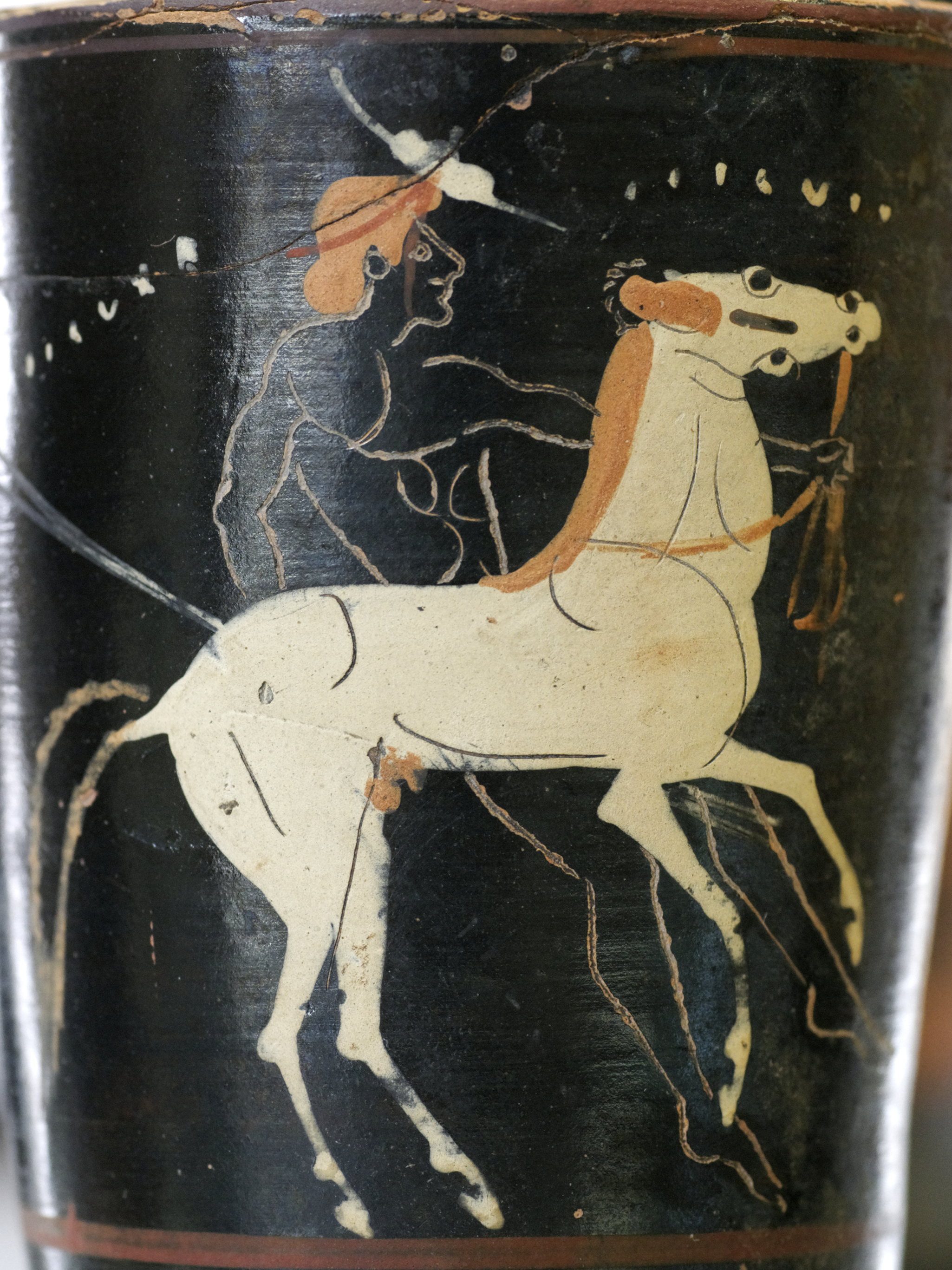Six's Technique on:
[Wikipedia]
[Google]
[Amazon]
 Six's technique is the modern name for a technique used by Attic black-figure vase painters that involves laying on figures in white or red on a black surface and incising the details so that the black shows through. It was first described by the Dutch scholar Jan Six in 1888, and was given its English name by
Six's technique is the modern name for a technique used by Attic black-figure vase painters that involves laying on figures in white or red on a black surface and incising the details so that the black shows through. It was first described by the Dutch scholar Jan Six in 1888, and was given its English name by
 Six's technique is the modern name for a technique used by Attic black-figure vase painters that involves laying on figures in white or red on a black surface and incising the details so that the black shows through. It was first described by the Dutch scholar Jan Six in 1888, and was given its English name by
Six's technique is the modern name for a technique used by Attic black-figure vase painters that involves laying on figures in white or red on a black surface and incising the details so that the black shows through. It was first described by the Dutch scholar Jan Six in 1888, and was given its English name by J. D. Beazley
Sir John Davidson Beazley, (; 13 September 1885 – 6 May 1970) was a British classical archaeologist and art historian, known for his classification of Attic vases by artistic style. He was Professor of Classical Archaeology and Art at the Un ...
.Beazley, in ''Greek Vases in Poland'', 1928
Around 530 BCE, the technique began to be used regularly for decorating the whole vase, rather than for details as in previous practice. The effect is similar to red-figure painting. Nikosthenes, Psiax, and the Diosphos Painter
The Diosphos Painter was an Athenian Attic black-figure vase painter thought to have been active from 500–475 BCE, many of whose surviving works are on lekythoi.
The Diosphos Painter was a pupil of the Edinburgh Painter, who also trained the ...
were among the early users of the technique. It remained in use until the mid-5th century, when it can be observed on a small number of oenochoe from the Haimon painter workshop.
See also
* Corpus vasorum antiquorumNotes
References
*Beth Cohen. ''The Colors of Clay'', 2006. *C. H. Emilie Haspels
Caroline Henriette Emilie Haspels (15 September 1894, Colmschate – 25 December 1980, Capelle aan den IJssel) was a Dutch classical archaeologist.
Life
Emilie Haspels was the daughter of George Frans Haspels. Her 1936 book ''Attic Black Fi ...
, ''Attic Black Figure Lekythoi'', 1936.
*G. van Hoorn, ''Choes and Athesteria'' 1951.
*Jan Six. ''A rare vase-technique'', Journal of Hellenic Studies 30, pp. 323–6.
{{Greek vase painting
Ancient Greek vase-painting styles
Archaic Greek art